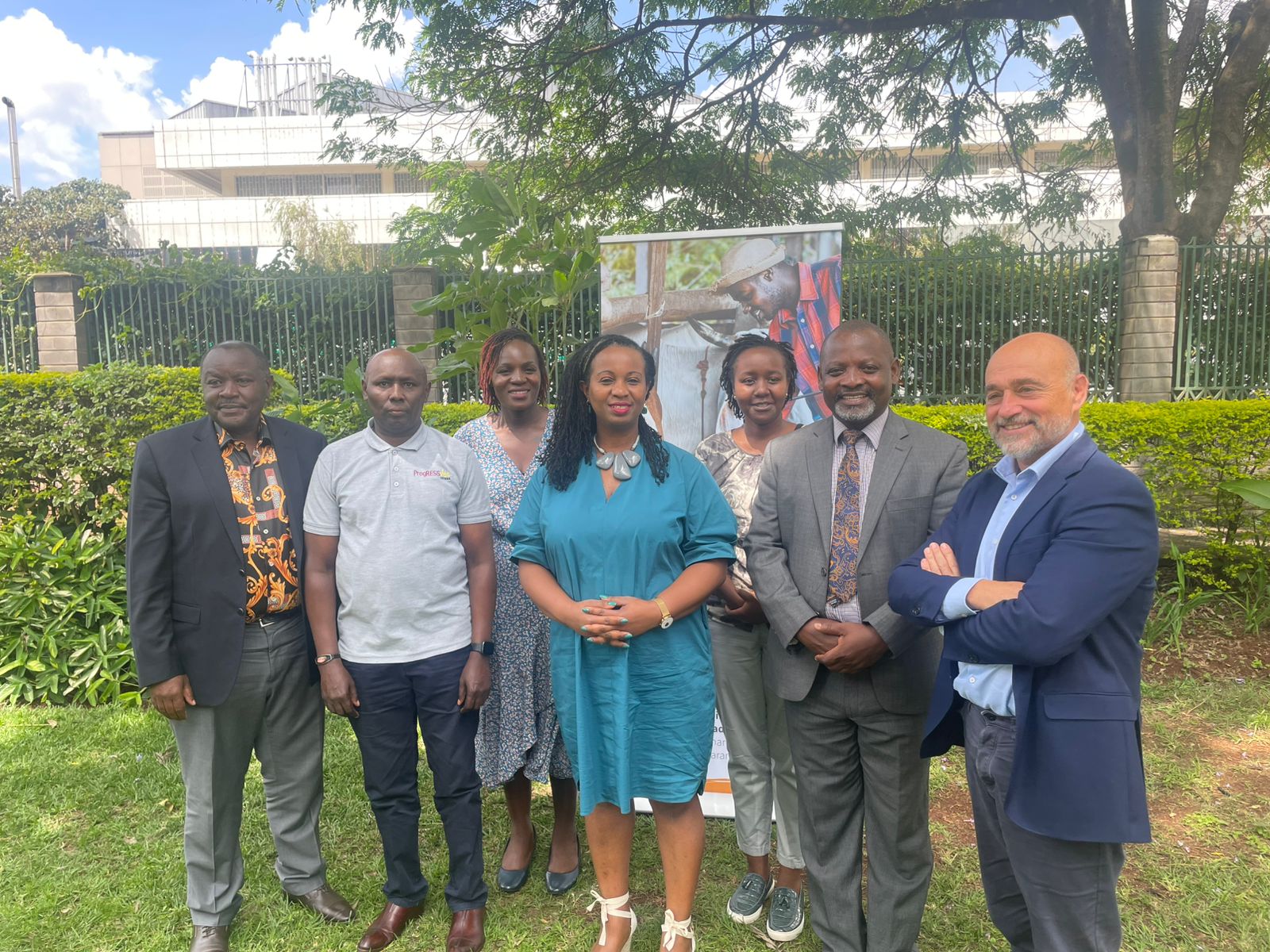
What to know about Measles-Rubella vaccination campaign
Vaccination started on July 5, will end on July 14.
Kenya has committed to vaccinating 22m cattle, 50m sheep and goats.
In Summary

Audio By Vocalize

The State, working with the Kenya Veterinary Association (KVA) and the Global Alliance for Livestock Veterinary Medicines (GALVmed), convened a high-level Ruminant Vaccination Multi-Stakeholder Workshop last week, to strengthen vaccine delivery systems, improve animal health, and reinforce national food security.
Kenya’s livestock sector contributes about 12 per cent to the national GDP and supports the livelihoods of more than 10 million Kenyans, including smallholder farmers, pastoralists, and rural households.
Yet despite its economic weight, the sector continues to grapple with recurrent disease outbreaks, low vaccination coverage, limited vaccine access, and fragmented service delivery, all of which constrain productivity and farmer incomes.
The Nairobi meeting brought together representatives from government agencies, international organisations, veterinary associations, and livestock-sector players to examine existing gaps, persistent challenges, and emerging priorities in mass vaccination of cattle, sheep, and goats.
Kenya has committed to vaccinating 22 million cattle and 50 million sheep and goats under an ambitious national animal health programme.
Speaking at the forum, GALVmed Chief Executive Officer Dr. Lois Muraguri underscored the need for coordinated action to achieve these targets.
“The Government of Kenya has set strong and ambitious targets for national ruminant vaccination,” she said.
“We are calling for collaboration across all stakeholders — public sector, private sector, and international development partners — because no single organisation can achieve this alone.”
Dr. Muraguri noted a wide disparity between poultry and ruminant vaccination rates.
While poultry vaccination in Kenya and many African countries reaches between 70 and 80 per cent, ruminant vaccination remains below 10 per cent in several regions.
“This gap creates real vulnerabilities,” she said.
“We aim to raise awareness, strengthen systems, and support government leadership through a five-year programme known as VITAL 2, now one year into implementation.”
The workshop took place as the national government rolls out a mass vaccination campaign targeting Foot and Mouth Disease (FMD) and Peste des Petits Ruminants (PPR), two major transboundary diseases that threaten animal health, food security, and economic stability.
Deputy Director of Veterinary Services Dr. David Kihuyu stressed the urgency of establishing a cohesive national platform to confront ruminant disease-control challenges.
“Kenya cannot achieve its livestock development goals without a unified and well-coordinated vaccination framework,” he said.
He added that although progress has been made — particularly in combating FMD and PPR — significant gaps persist in vaccine delivery, cold-chain infrastructure, last-mile access, and extension services.
“This workshop allows us to align on priorities and co-create workable solutions,” he said.
Dr. Kihuyu noted that preventable livestock diseases cost Kenya billions of shillings annually through reduced milk yields, downgraded carcass quality, and increased household vulnerability.
He reaffirmed the government’s commitment to scaling up vaccination in line with the livestock transformation goals under the Bottom-Up Economic Transformation Agenda (BETA).
Farmers have raised concerns about delays in the ongoing FMD and PPR vaccination drive.
Dr. Kihuyu explained that the government’s new requirement to combine vaccination with animal identification and traceability — using a digital system — has increased the time needed to complete each exercise.
He described the delays as a temporary “teething problem” that would ease once the traceability system becomes fully operational
Kenya’s growing livestock market continues to attract interest from the Middle East, South America, Mauritius, West Africa, and neighbouring states.
However, these markets require strict assurance that animals are free of specific diseases at herd, regional, and national levels.
“Once we suppress diseases and achieve uniform vaccination coverage, we will unlock these markets,” Dr. Kihuyu said.
“This will motivate farmers to invest more in vaccination.”
Kenya Veterinary Association Council Chairman Dr. Nicholas Muyale emphasised the need for a structured, permanent platform to guide national vaccination efforts.
“Kenya urgently needs a permanent multi-stakeholder platform where the government, private sector, development partners, and farmer groups can openly discuss ruminant vaccination challenges, coordinate activities, and drive aligned action,” he said.
“Fragmentation has slowed our national vaccination efforts for years. A unified platform will ensure shared accountability, improved information flows, and stronger delivery of veterinary services.”
Dr. Muyale added that improved vaccination coverage could significantly boost livestock productivity.
Studies show that controlling FMD alone can raise milk production by up to 25 per cent, reduce household income losses, and enhance Kenya’s competitiveness in regional and international livestock markets.
The workshop concluded with an agreement to establish a national Ruminant Vaccination Steering Committee to coordinate stakeholder activities, monitor progress, and support the Ministry of Agriculture and Livestock’s broader animal-health agenda.
Stakeholders affirmed that Kenya’s livestock sector holds substantial potential for job creation, food security, and export growth.
They agreed that strengthening the
vaccination system would reduce disease burden, stabilise household incomes,
and support the country’s goal of increasing livestock productivity by more
than 40 per cent by 2030.

Vaccination started on July 5, will end on July 14.